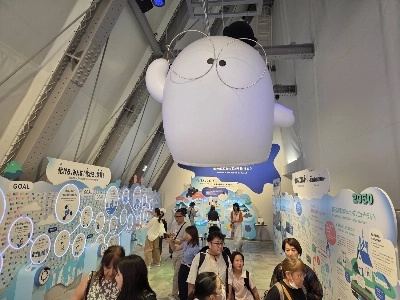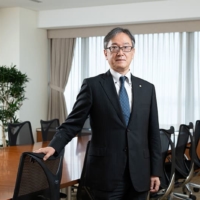The Environment Ministry plans to step up efforts to prevent elderly people from suffering heatstroke indoors, including at home.
It has requested ¥1 billion for related measures under the government's fiscal 2026 budget.
The government has set a target of halving the average annual number of heatstroke deaths by 2030 from some 1,300 marked during the five years through 2022, but fatalities hit a record high above 2,000 in 2024.
According to the Fire and Disaster Management Agency, 57.4% of people taken to hospital by ambulance due to heatstroke in May-September 2024 were aged 65 or older. Of the total cases, 38.0% occurred at houses, making up the largest share.
While elderly people are at higher risk of heatstroke due to their declining thermoregulation and ability to sweat, some refrain from using air conditioners even on very hot days.
The ministry will launch a model project aimed at raising awareness of the importance of heatstroke prevention among the elderly.
Specifically, the ministry will provide elderly people with devices to measure the heat index, calculated based on temperatures and humidity, for installation at home.
Volunteer welfare workers and local government officials will then visit them to check readings of the index and encourage them to use air conditioners if the risk of heatstroke is high.
The ministry will also support air conditioner makers' technological development.
For example, it wants makers to develop air conditioners that are switched on automatically using artificial intelligence technology when a heatstroke alert is issued by the ministry and the Japan Meteorological Agency.




















With your current subscription plan you can comment on stories. However, before writing your first comment, please create a display name in the Profile section of your subscriber account page.